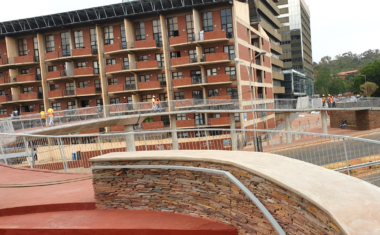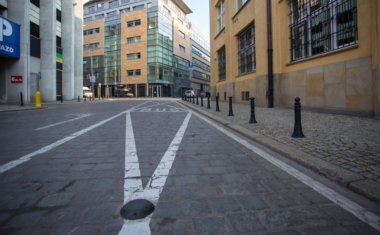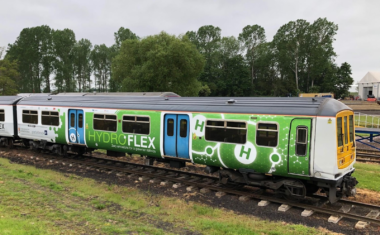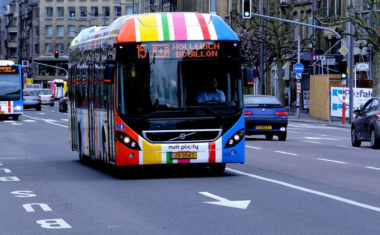Access Control to a Historic Centre
- 8
- 9 min to read
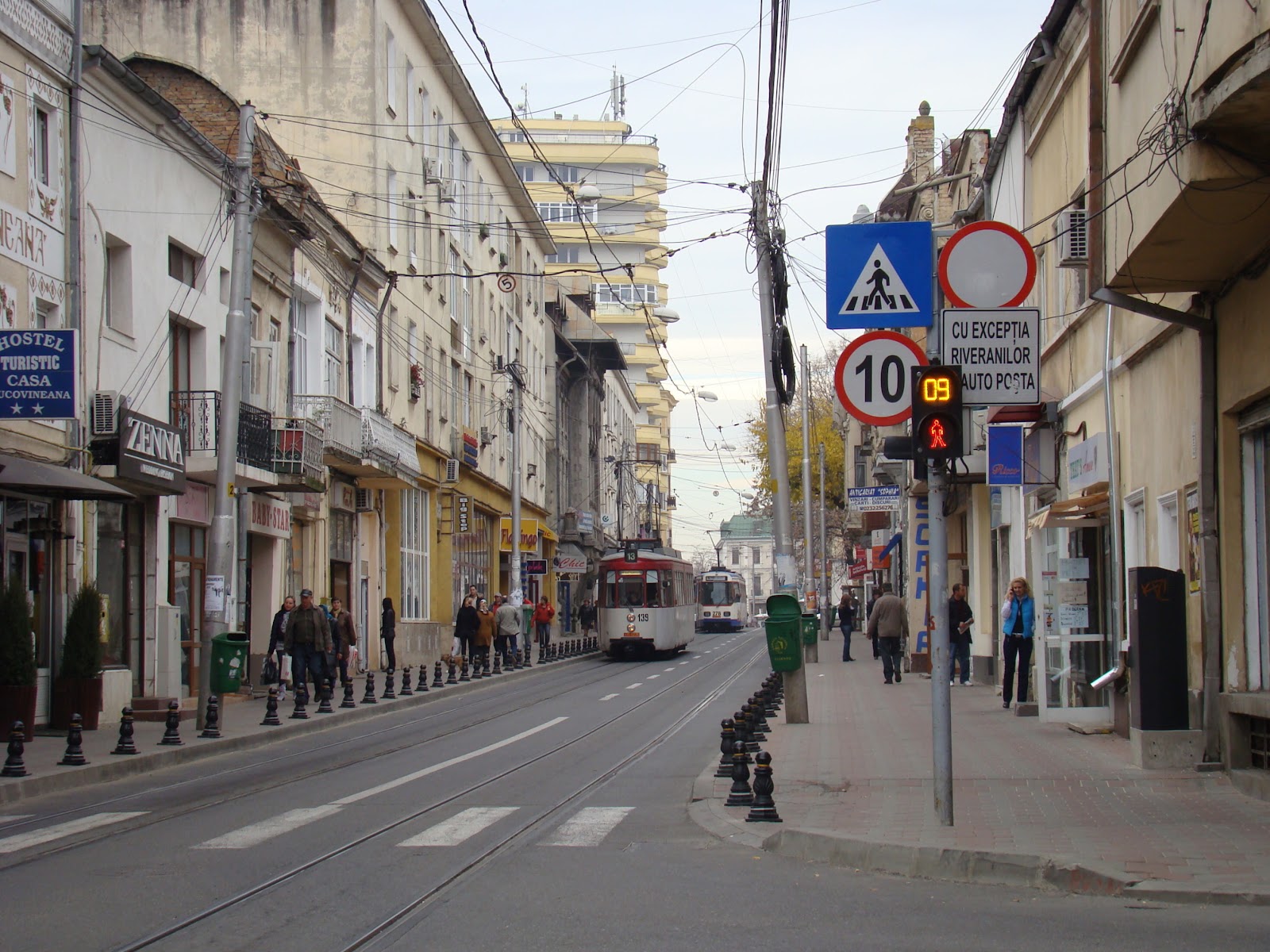
About the city. Iasi implemented a strategy for sustainable socio-economic development in 2007 and has been working on a comprehensive development plan since 2009. The demand for mobility in Iasi is especially high in the city centre, where universities, kindergartens and schools are located. The increase in car traffic creates a number of problems in the city, such as delays in public transport and high levels of noise, air pollutants and congestion.
Goal
The aim of the project is to improve the public transport system in compliance with the city’s strategic plans.
Implementation period. The project started in 2008, its implementation had lasted for 48 months.
Fact
The city of Iasi is located in the North-East of Romania and is the second largest Romanian city after Bucharest with a population of 366,000 inhabitants. It is also the centre of a metropolitan area that covers a surface of 787.87km2 and covers a total of 398,000 inhabitants.
Solutions
The city’s goals in CIVITAS-ARCHIMEDES are based on existing transport-related plans, the Local Agenda 21, approved in 2002, and the Sustainable Socio-Economic Development Strategy of the city of Iasi. The goals of CIVITAS Plus were included in the Metropolitan development Strategy, which was completed in October 2009.
The city of Iasi created special traffic lanes reserved for public transport (buses, minibuses, taxis), marked in accordance with international standards and separated from other lanes.
Public transport lanes were laid out in both directions of the 1,250-meter section of Independentei Boulevard, which was the only part of the CIVITAS corridor that had enough space for such traffic separation.
Another measure was the introduction of priority traffic light equipment in the CIVITAS corridor for buses and minibuses.
The most important aspect when implementing this type of traffic management system was that the controllers had to work in real-time, adapting cycle timings in accordance with the number of cars counted by the detectors on the approaches to the controlled junctions. Working with a specialized company, the city of Iasi installed the following equipment at 15 crossroads in the CIVITAS corridor: 15 traffic control units and 54 radar traffic detection units.
The scheme for restricting access to the historical centre of Iasi was developed and implemented as part of another Archimedes’ measure. Permission was issued by the City’s Commission of Traffic for speed and weight limits of 30 km / h and 1.5 t /axle, respectively. Negotiations were held with the postal service to develop a temporary supply chain scheme, which meant restricting access for supply vehicles to the 7 am—9 am and 3 pm — 5 pm time intervals. Meetings were organized with businesses based in the area, and the response from residents was positive. They have accepted the proposed restrictions and are aware of their positive consequences. Traffic that is now forbidden to enter the restricted area is diverted to other roads without any problems.
Challenges
One of the main problems that arose during the implementation of the measures was the technical solution of the “green light” system. Initially, the priority system for public transport should have been linked to a management system developed as part of another Civitas Archimedes measure. The solution had to be changed because of delays in the implementation of another measure. The new solution was to develop a priority system independent of the management system.
The recommendation is to find a simple technical solution that allows the system to work independently of other factors that may delay or stop the implementation stage.
As for the implementation of the scheme to restrict access to the historical centre of the city, initially, there were some problems related to the fact that drivers of private cars did not comply with these restrictions. The involvement of the local police in the implementation of this measure was vital to address this issue, and cooperation between the municipality and the police is certainly recommended.
Team
Iasi Municipality, CIVITAS — ARCHIMEDES project.
Timeline
Due to the public transport priority measures, the results show that more and more PT vehicles arrived on time at stations: 78% in 2010 and 88% in 2011.
Average speeds have increased within the period 2009-2011: in peak hours there is a 5.93% improvement with an average speed of
15.90 km/h, and in off-peak hours a 7.78% improvement with 19.40 km/h. As a result, 45% of passengers are satisfied with the public transport services and consider them more attractive and more efficient than before the measures were implemented. Passenger satisfaction has increased by 9% since 2010.
Regarding the impact of the restrictions in the historic centre of the city, the dissatisfaction regarding the quality of the area decreased from 75% in 2009 to 52% in 2012. In this context, the level of acceptance of the restrictions imposed within this area was very high and has increased, from 77% in 2009 to 82% in 2011 and 90% in 2012.
Access restrictions led to a significant fall (92%) in the number of private cars crossing the area in 2012 compared to 2009.
Imposing time intervals for supply activities resulted in a decrease in the number of goods vehicles crossing in the area, from 43 registered in 2009 to 10 in 2011 and 7 in 2012.
All these restrictions led to a decreasing level of CO, by 6% in 2011 and 8% in 2012, compared to 2009 levels. The level of NO2 decreased by 6% in 2011 and 8.5% in 2012, compared to 2009. The trend in the perception of noise pollution declined similarly, decreasing by 4% in 2011 and 6% in 2012, compared to 2009.
If you notice an error or inaccuracy in our editorials, please email [email protected] so we can look into it.

